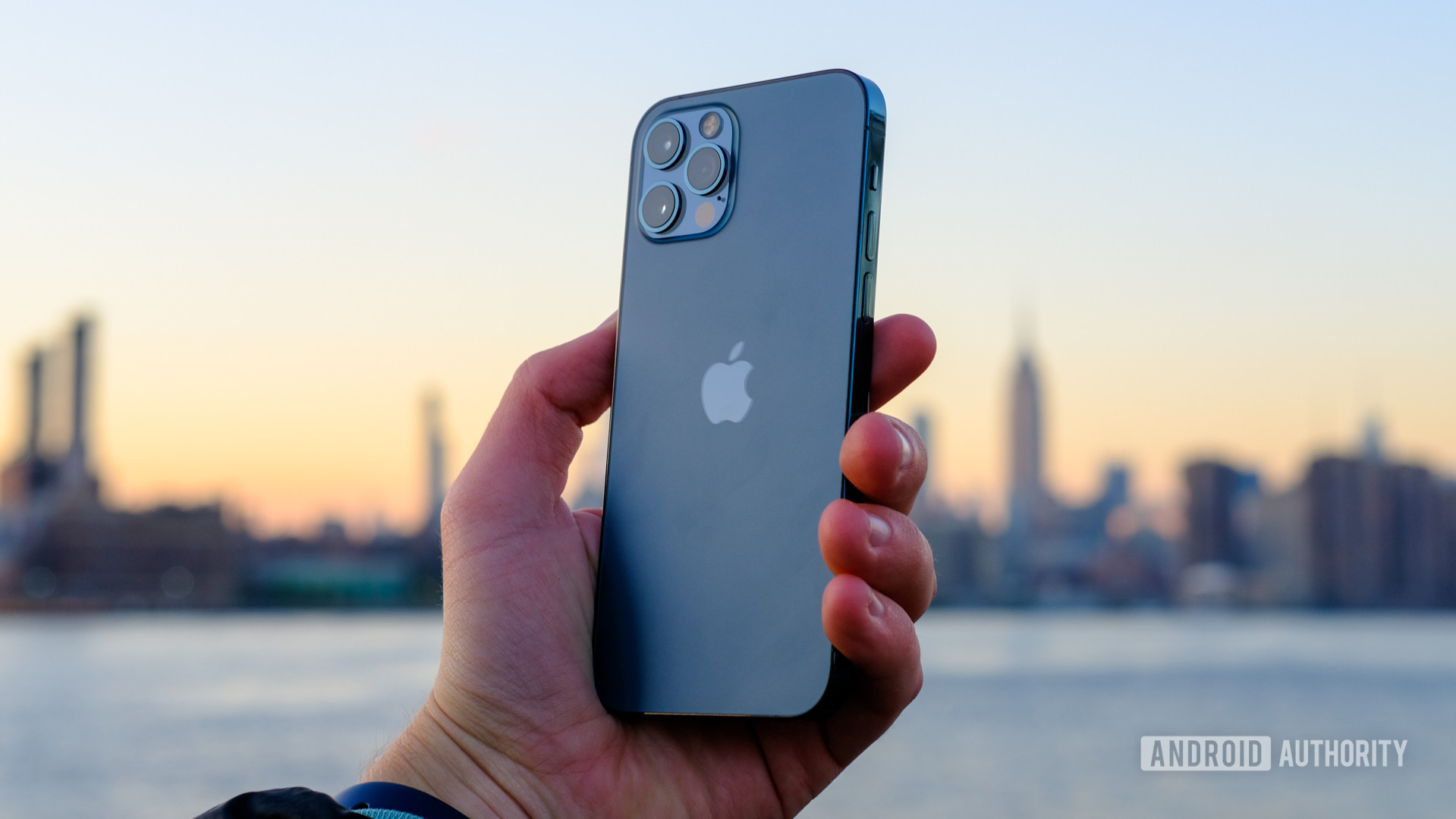Affiliate links on Android Authority may earn us a commission. Learn more.
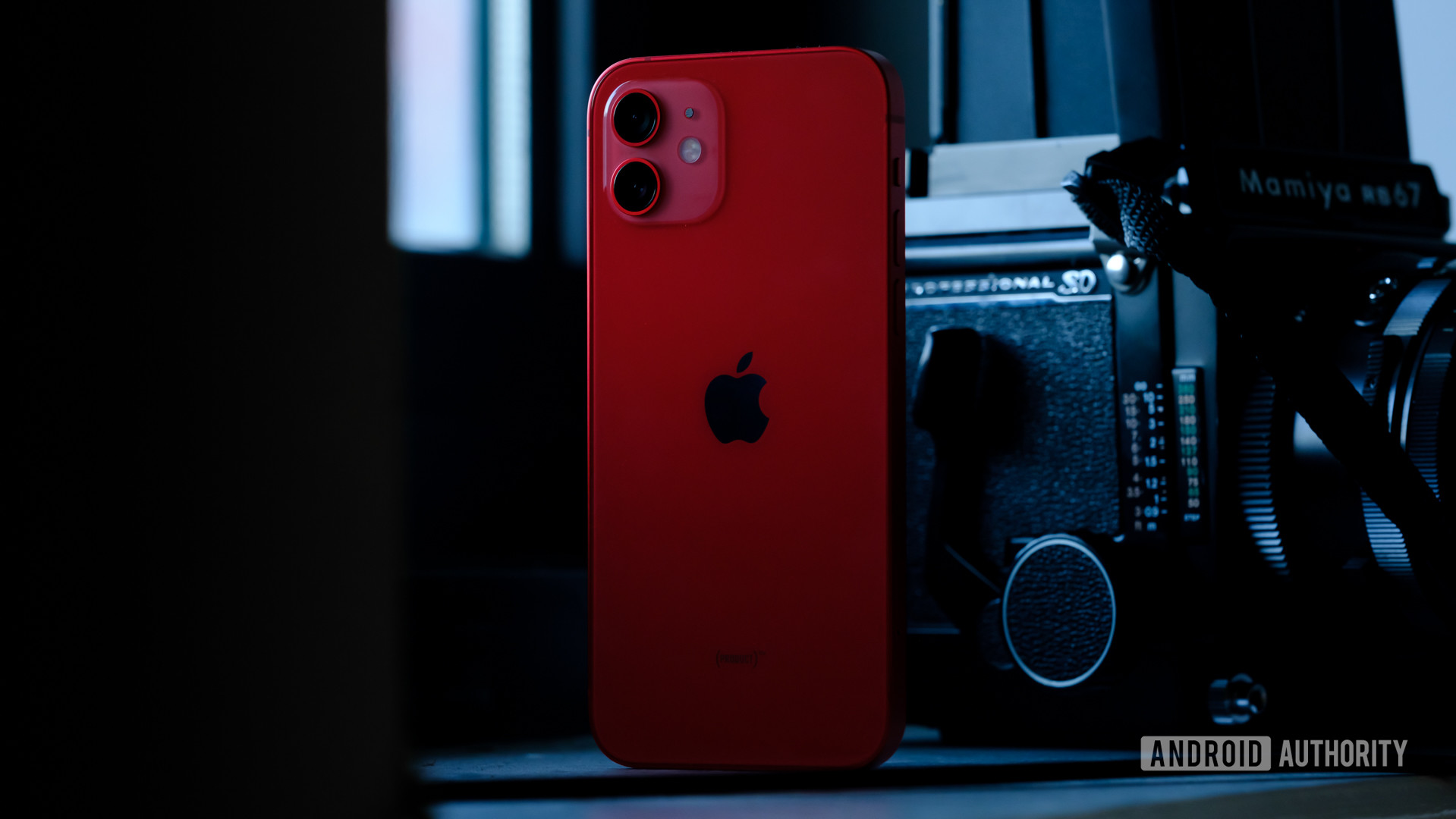
Apple iPhone 12 review: Awkwardly standard
Published onNovember 13, 2021
Apple iPhone 12
What we like
What we don't like
Our scores
Apple iPhone 12
The iPhone 12 is the new standard-issue iPhone for 2020. While it doesn’t have all the bells and whistles of the iPhone 12 Pro, like a telephoto camera or LIDAR sensor, the two phones remain so similar that some people may feel they don’t need the 12 Pro. That said, Apple now offers four new iPhones, and while the iPhone 12 is quite good, it struggles to find a place in Apple’s 2020 iPhone lineup.
We recommend you go read our full iPhone 12 Pro review to get the full scoop on what’s up with this year’s iPhones. In this review, we’ll be discussing what is specifically different in the standard-issue iPhone 12 compared to the more expensive iPhone 12 Pro.
Let’s get into it. This is Android Authority‘s iPhone 12 review.
iPhone 12 vs iPhone 12 Pro: What’s the difference?
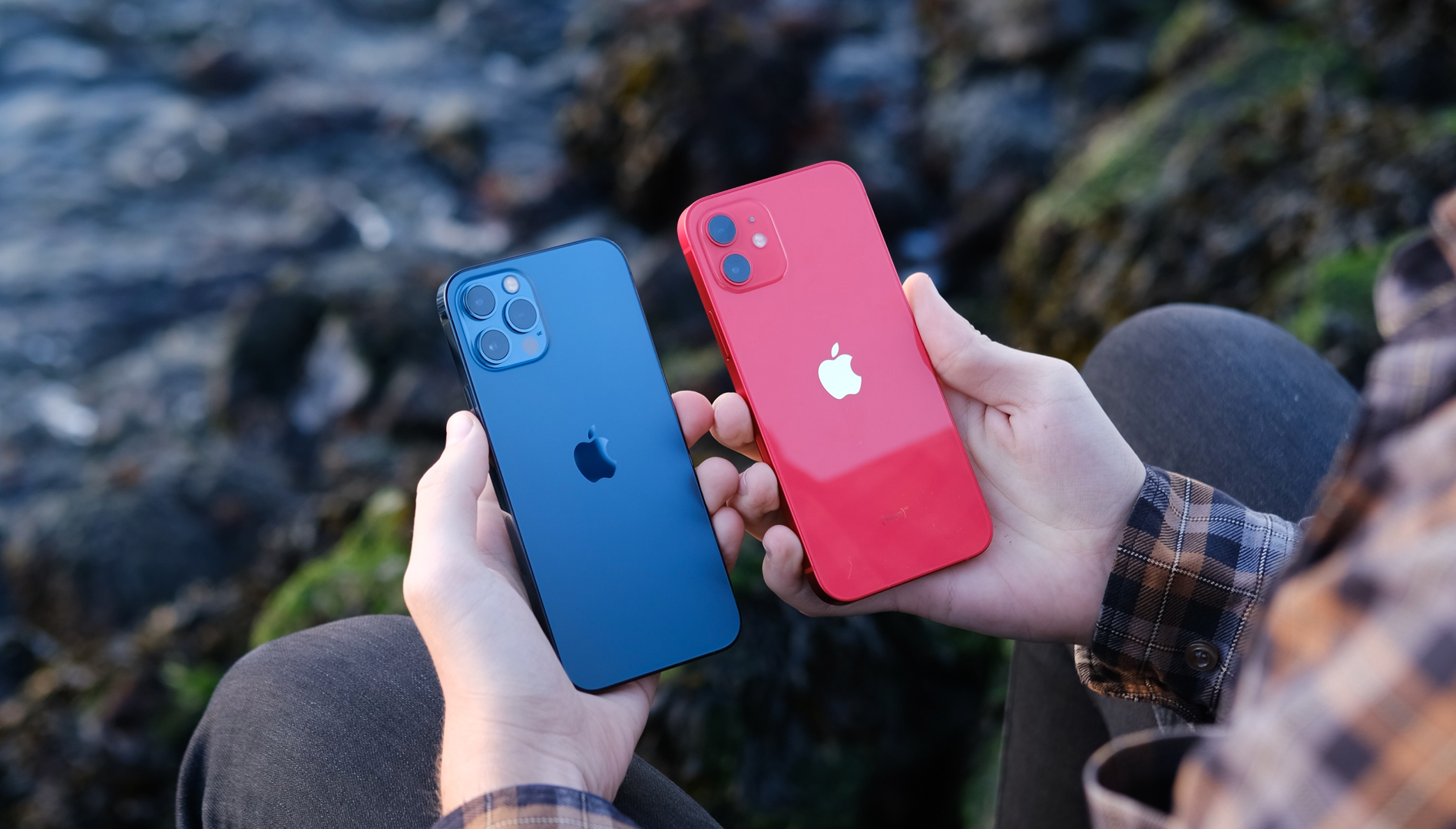
Design-wise, the iPhone 12 and iPhone 12 Pro are extremely similar. They’re the same size, the same shape, and even have the same display. The main difference between the two devices is in the materials. The iPhone 12 Pro uses stainless steel rails and a soft-touch glass back. The standard iPhone 12, on the other hand, has aluminum rails and a glossy glass back. If you’re going to put a case on your phone anyway the choice of materials probably doesn’t matter much, but it should be noted if you want a physically nicer device.
See also: Apple iPhone buying guide — Which iPhone is right for you?
The iPhone 12 also comes in brighter, flashier colors when compared to the iPhone 12 Pro. While the iPhone 12 Pro is offered in Graphite, Pacific Blue, gold, and silver, the iPhone 12 comes in red, blue, green, black, and white. I personally think that the soft-touch back of the iPhone 12 Pro is nicer and feels more premium, but if you care more about colors than texture, you might prefer the vibrant options available with the iPhone 12.
The differences continue with the lenses. The iPhone 12 Pro has three lenses on the rear of the device, while the iPhone 12 only has two. There’s a standard 12MP camera with an f/1.6 aperture and a 12MP wide camera with an f/2.4 aperture. The iPhone 12 Pro features an extra 2x telephoto camera with an aperture of f/2.0, but this is mainly useful in brighter lighting scenarios since the phone will still default to the main lens in low light. Still, that extra telephoto lens is useful for things like portrait mode, since longer focal lengths are generally more pleasing for portraits.
The iPhone 12 is also missing the LIDAR sensor from the iPhone 12 Pro. This sensor is used for a couple of things. Those include faster, more accurate autofocus in low light, night mode portrait mode, and some extra AR capabilities. In good light, the 12 Pro will default to using the multiple cameras for portrait mode edge detection, so this sensor is only active in dark environments.
Another difference between the iPhone 12 and iPhone 12 Pro is the storage and RAM capacities. The iPhone 12 starts at 64GB of storage while the iPhone 12 Pro starts at 128GB. The standard iPhone 12 has 4GB of RAM vs the 6GB of RAM in the iPhone 12 Pro. While you likely won’t notice much of a performance difference because of the two capacities, the extra 2GB of RAM offers a bit more future-proofing for later versions of iOS. One area where the two phones are identical is 5G — they both support mmWave technology to offer the fastest data speeds on the market.
The final change between devices comes in the form of video recording capabilities. Both the iPhone 12 and iPhone 12 Pro are capable of recording Dolby Vision HDR video. But while the iPhone 12 Pro is capable of recording this format in 4K 60fps, the iPhone 12 can only record Dolby Vision HDR in 4K 30fps. It’s unclear whether this was an arbitrary change or a result of the additional RAM in the 12 Pro, but it’s worth noting nonetheless.
What is the iPhone 12 camera like?
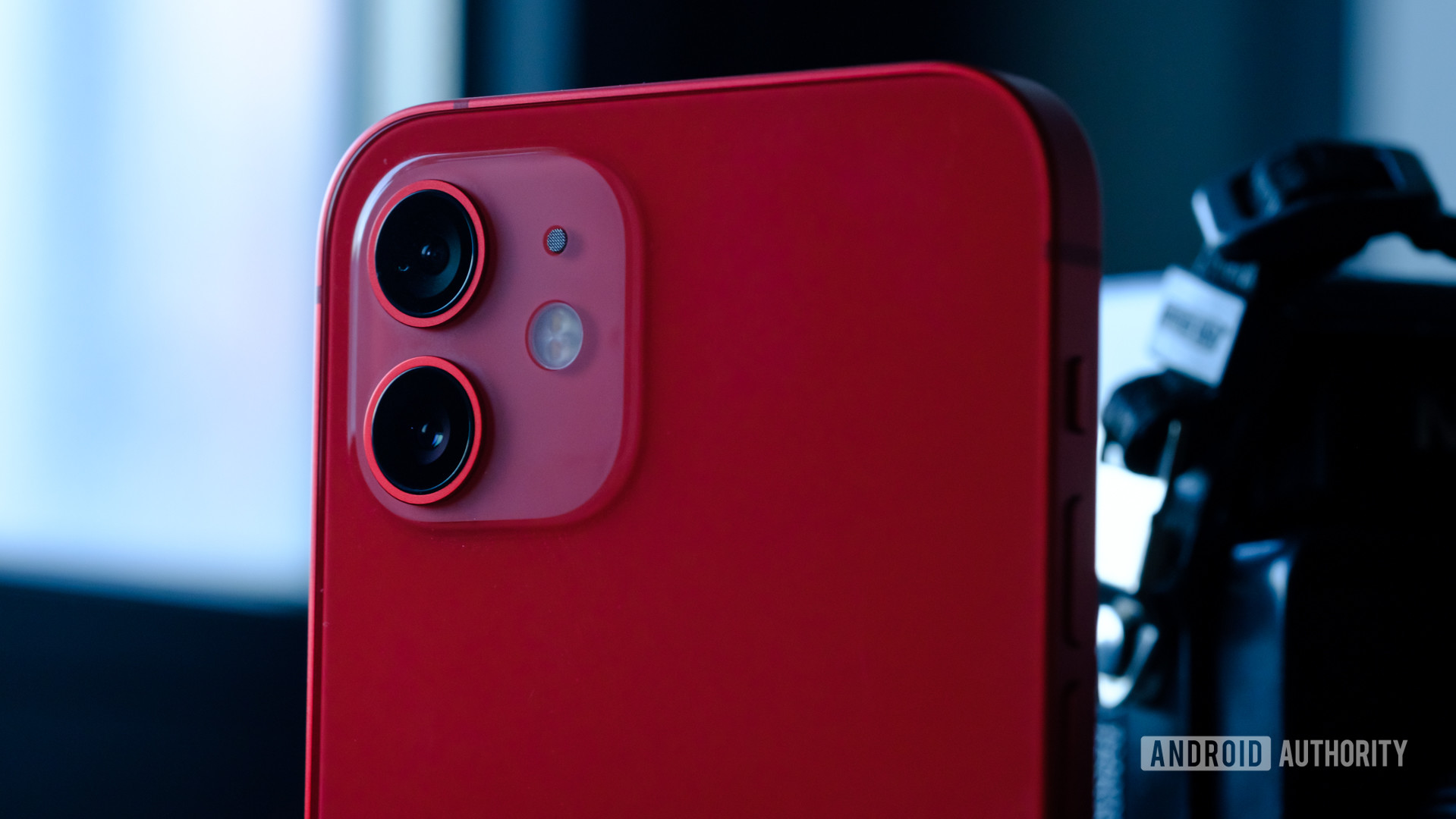
As mentioned earlier, there are two cameras on the back of the iPhone 12 and one on the front. The back sports a 12MP main sensor with an f/1.6 aperture and a 12MP wide sensor with an f/2.4 aperture. The front camera comes in at 12MP with an aperture of f/2.2.
All the cameras on the iPhone 12 are the same as the cameras on the iPhone 12 Pro, sans the missing telephoto lens. That means images look quite good, with nice dynamic range and overall sharpness. Apple is also a bit less aggressive with HDR than it used to be, leading to more contrast than previous years. This is especially true when it comes to skin tones and hair due to Apple’s new Smart HDR3 processing. Shadows are still a bit more raised than I would normally like. However, this gives you more flexibility in the editing process versus not capturing that information. In the first and second photos above, most of the colors look slightly washed out. I would have liked even more contrast in the final image.
The front camera on the iPhone 12 allows for two fields of view — wide or cropped. The colors and dynamic range on the front sensor are quite good and capture a lot of detail in the shadows without making them look raised and unnatural. It also captures skin tones quite nicely. Overall, I’m impressed with it.
Video on the iPhone 12 is the same as you’ll find on the iPhone 12 Pro, besides the fact that it can only record Dolby Vision HDR video in 4K 30fps. Stabilization is incredibly good and color is very nice. The iPhone has long been one of the best video systems you can find in a smartphone, and that remains true of the regular iPhone 12.
The photos above have been compressed to optimize for page load times. If you’d like to see the images in their full resolution, they’re available for viewing in a Google Drive folder here.
Does the iPhone 12 have good battery life?
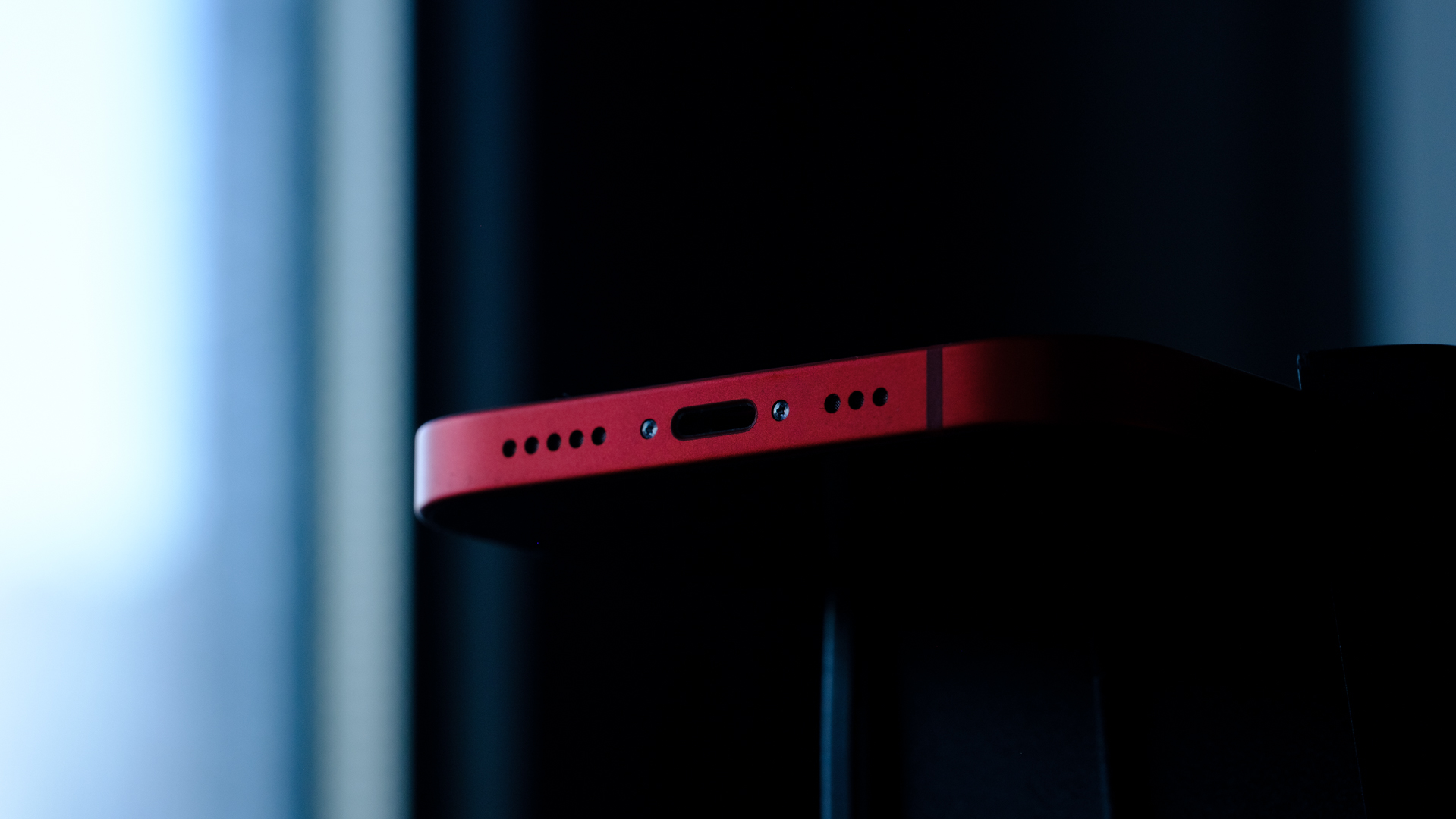
Battery life on the iPhone 12 is very similar to the iPhone 12 Pro. They share the same battery capacity of 2,815mAh. On both devices, I got very close to six hours of screen-on time, which equated to about a day and a half of actual use.
The iPhone 12 charges at a rate of 18W, but does not come with a charging brick in the box. Nevertheless, it does come with a USB-C to lightning charging cable. This means you’ll have to either use an existing USB-C charging brick or buy a separate USB-C to Lightning charger.
Compared to the iPhone 11 series, battery life is a bit of a letdown. It’s certainly not bad by any means. It will easily get most people through a day of use. But compared to the stellar battery life of last year’s iPhone 11 series, it slips a bit.
As with the iPhone 12 Pro, the iPhone 12 also sports wireless charging up to 7.5W on standard Qi chargers, or 15W through an Apple Magsafe charger.
Things I like about the iPhone 12
- Performance: Even though the iPhone 12 isn’t Apple’s most expensive flagship, the A14 Bionic processor absolutely slays. This is one of the fastest chips you’ll find in any smartphone today.
- Video quality: The iPhone has long had some of the best smartphone video quality in the industry, and that remains true here. The 4K 60fps recording is fantastic on both the rear and front camera. If you’re looking for a good smartphone for video recording, this is the one to get.
- Design: Apple’s iPhone 12 series has quite a unique design. The flat sides feel futuristic while at the same time retro.
- Ecosystem: If you’re invested in Apple’s other products, may it be the Apple Watch, MacBook, AirPods, or HomePod, Apple’s ecosystem of devices truly play fantastically together. AirDrop lets you share files in a pinch, iMessage is the killer messaging app keeping plenty of people on iOS, and the Apple Watch is one of the best smartwatches you can buy. It all works so well together, which is not something that can be said of many Android manufacturers.
Things I don’t like about the iPhone 12
- Interface: iOS just isn’t that customizable. While it’s been getting progressively better over the years, it still doesn’t come close to the customization of Android. You do, however, get the security of knowing your phone will be updated for many years to come, unlike a lot of Android devices.
- Siri: I truly missed Google Assistant when testing the iPhone 12. Siri’s limited functionality isn’t nearly as powerful as what Google is offering. Google’s integration with smart homes is far superior to that of Siri too.
- Lightning charging: Apple refuses to move over the USB-C, meaning I need to carry one very specific cable with me every time I go out. I’m at least happy to have wireless charging in this device, but considering the iPad and MacBook don’t use Lightning, the port remains awkwardly particular.
Specs
| iPhone 12 mini | iPhone 12 | iPhone 12 Pro | iPhone 12 Pro Max | |
|---|---|---|---|---|
Display | iPhone 12 mini 5.4-inch OLED display 2,340 x 1,080 resolution | iPhone 12 6.1-inch OLED display 2,532 x 1,170 resolution | iPhone 12 Pro 6.1-inch OLED display 2,532 x 1,170 resolution | iPhone 12 Pro Max 6.7-inch OLED display 2,778 x 1,284 resolution |
Processor | iPhone 12 mini A14 Bionic | iPhone 12 A14 Bionic | iPhone 12 Pro A14 Bionic | iPhone 12 Pro Max A14 Bionic |
Storage | iPhone 12 mini 64, 128, and 256GB | iPhone 12 64, 128, and 256GB | iPhone 12 Pro 128, 256, and 512GB | iPhone 12 Pro Max 128, 256, and 512GB |
Camera | iPhone 12 mini Rear: 12MP Wide camera, ƒ/1.6 aperture Front: 12MP camera, ƒ/2.2 aperture 12MP Ultra-wide camera, 120 degrees, ƒ/2.4 aperture | iPhone 12 Rear: 12MP Wide camera, ƒ/1.6 aperture 12MP Ultra-wide camera, 120 degrees, ƒ/2.4 aperture Front: 12MP camera, ƒ/2.2 aperture | iPhone 12 Pro Rear: 12MP Wide camera, ƒ/1.6 aperture 12MP Ultra-wide camera, 120 degrees, ƒ/2.4 aperture 12MP Telephoto camera, ƒ/2.0 aperture 4x optical zoom range iDAR scanners Front: 12MP camera, ƒ/2.2 aperture | iPhone 12 Pro Max Rear: 12MP Wide camera, ƒ/1.6 aperture 12MP Ultra-wide camera, 120 degrees, ƒ/2.4 aperture 12MP Telephoto camera, ƒ/2.2 aperture 5x optical zoom range iDAR scanners Front: 12MP camera, ƒ/2.2 aperture |
Battery | iPhone 12 mini N/A MagSafe Wireless Charging up to 15W Qi wireless charging up to 7.5W | iPhone 12 N/A MagSafe Wireless Charging up to 15W Qi wireless charging up to 7.5W | iPhone 12 Pro N/A MagSafe Wireless Charging up to 15W Qi wireless charging up to 7.5W | iPhone 12 Pro Max N/A MagSafe Wireless Charging up to 15W Qi wireless charging up to 7.5W |
Software | iPhone 12 mini iOS 14 | iPhone 12 iOS 14 | iPhone 12 Pro iOS 14 | iPhone 12 Pro Max iOS 14 |
Dimensions and Weight | iPhone 12 mini 131.5 mm x 64.2 mm x 7.4 mm; 135g | iPhone 12 146.7 mm x 71.5 mm x 7.4 mm; 164g | iPhone 12 Pro 146.7 mm x 71.5 mm x 7.4 mm; 189g | iPhone 12 Pro Max 160.8 mm x 78.1 mm x 7.4 mm; 228g |
Color | iPhone 12 mini Black, White, Product Red, Green, Blue | iPhone 12 Black, White, Product Red, Green, Blue | iPhone 12 Pro Silver, Graphite, Gold, Pacific Blue | iPhone 12 Pro Max Silver, Graphite, Gold, Pacific Blue |
Value for money and competition
- Apple iPhone 12 64GB Storage — $799/£799/€909
- Apple iPhone 12 128GB Storage — $849/£849/€959
- Apple iPhone 12 256GB Storage — $949/£949/€1,079
At $799, the iPhone 12 certainly provides a lot of value for the price in certain areas. It has some of the best performance you’ll find on a smartphone, and photo and video quality are outstanding. That said, there are a few things missing from that iPhone 12 that you can get from similarly-priced Android phones.
Related: These are the 5 best Android alternatives to the iPhone 12 series
For one, the iPhone 12 is missing a proper telephoto camera. While the iPhone 12 Pro sports this lens, it’s only 2x, and many Android phones now have at least 3x telephoto lenses. For example, Samsung’s Galaxy S20 FE comes in at $699 but comes with a 3x optical telephoto lens, alongside other things like 25W wired charging, a 120Hz display, and expandable storage. It’s a great option if you value these things in your device.
At $749, you can pick yourself up a OnePlus 8T. That device has 65W wired charging and a 120Hz display — both of which the iPhone 12 doesn’t offer.
If you care about software and photo quality more than anything, the Google Pixel 5 is a great option. It comes with Google’s fantastic take on Android. Maybe more importantly, it offers all the Google Assistant benefits you can only get on a Google Pixel phone like Now Playing and Call Screening. You can pick up Google’s latest flagship for $699.
The iPhone 12 sits in an awkward spot within the iPhone 12 series.
There’s also tough competition from Apple itself. The main differences between the iPhone 12 and iPhone 12 Pro are the materials, an extra lens, a LIDAR sensor, two extra GB of RAM, and extra frame rate for video recording. Considering the iPhone 12 Pro starts at 128GB of storage vs the 64GB of storage on the iPhone 12, the delta between the two at the same storage tier is actually closer to $150.
That said, if you’re OK with a smaller iPhone with slightly worse battery life, the iPhone 12 Mini is out now, starting at just $699 for the 64GB variant. This leaves the standard iPhone 12 in a bit of an awkward spot. While the iPhone 12 Mini, iPhone 12 Pro, and iPhone 12 Pro Max each have their own concrete reasons to buy them, the biggest reason to buy an iPhone 12 is that you want an iPhone 12 Mini, but bigger, and you don’t want to spend too much.
iPhone 12 review: The verdict
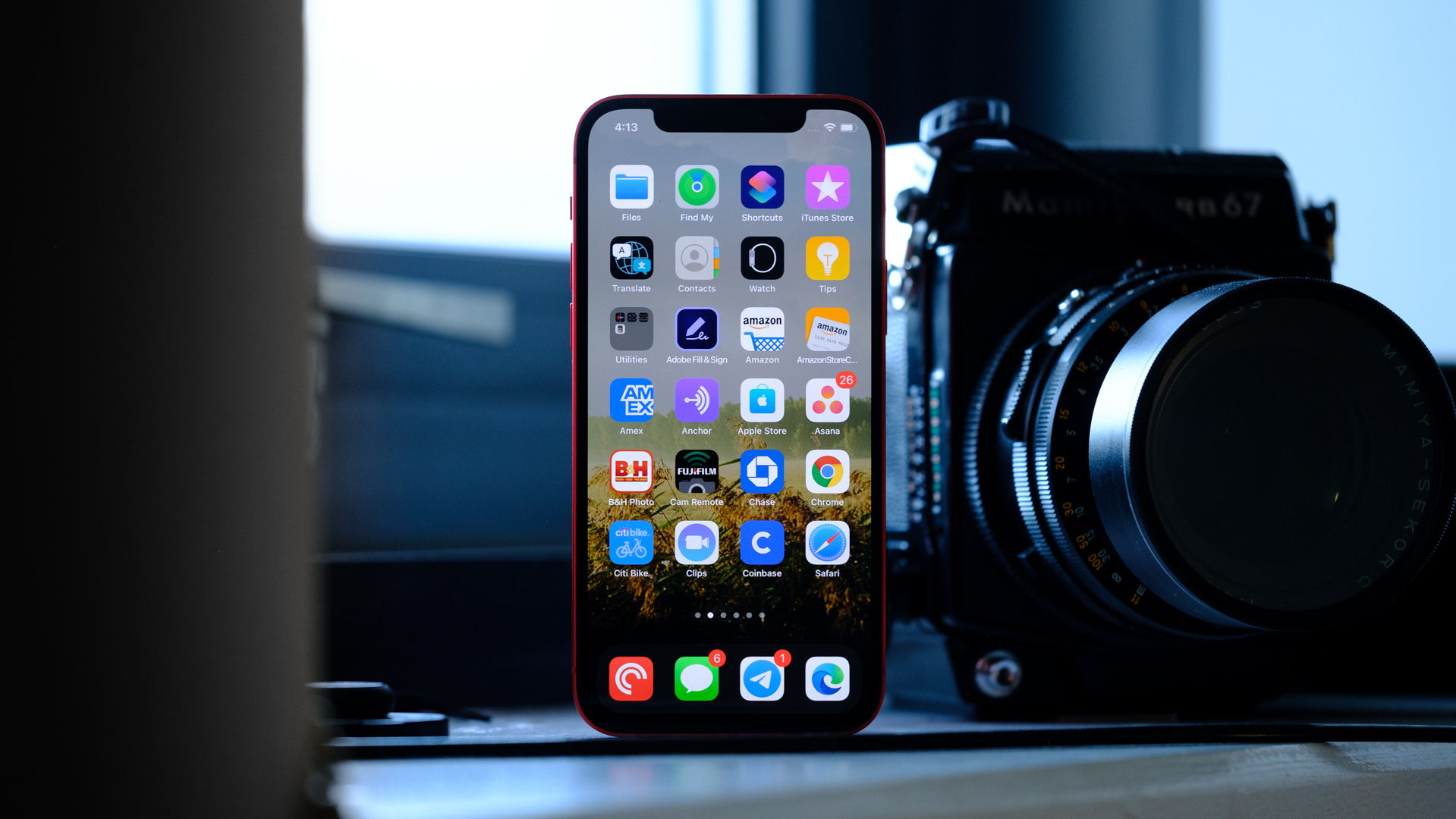
The iPhone 12 is undoubtedly a good smartphone. But with this much competition in Apple’s own lineup, you might want to opt for a different iPhone instead.
Personally, I would pick up the iPhone 12 Pro over the iPhone 12, mostly due to the extra 2GB of RAM and better build quality. But if 64GB of storage isn’t an issue and you don’t want to spend as much to get a standard-sized iPhone, you can technically get this device starting at $799. You probably won’t feel like you’re missing much either.
